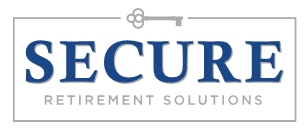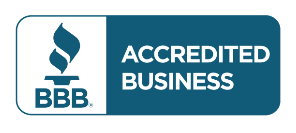Finding Quality Medicare Part D Coverage in Omaha: What to Know
Finding quality Medicare Part D coverage in Omaha means comparing drug formularies, understanding pharmacy networks, and calculating your total annual costs including premiums and copays. The right plan covers your specific medications at prices that fit your budget while giving you convenient access to preferred pharmacies.
Omaha residents have dozens of Part D options available, but only a handful will actually work well for your prescription needs. With over four decades helping Nebraska families navigate Medicare choices, we understand how to match your medications with the plans that provide the best value and convenience.
What Should You Look for in a Part D Formulary?
A formulary is the list of drugs a plan covers. Check whether your medications are on the plan's formulary and which tier they're in. Lower tiers mean lower copays. Generic drugs usually cost less than brand-name medications, and most plans encourage generic use through their tier structure.
Some medications require prior authorization or step therapy before the plan will cover them. This means your doctor might need to prove you tried other treatments first. If you take specialty medications for chronic conditions, make sure they're covered without excessive restrictions. You can explore Medicare prescription coverage services in Omaha to understand your options better.
How Do Pharmacy Networks Affect Your Convenience and Costs?
Most Part D plans have preferred pharmacies where your copays are lower. Using a non-preferred pharmacy for the same prescription can cost significantly more. Omaha has many national chains like Walgreens, CVS, and Hy-Vee pharmacies, plus independent pharmacies that participate in various networks.
Consider where you already fill prescriptions and whether those pharmacies are preferred in the plans you're comparing. Some plans also offer mail-order options for maintenance medications, which can save money if you take the same drugs monthly. The convenience of your pharmacy location matters, especially if you pick up medications frequently or prefer face-to-face service.
Why Does the Coverage Gap Matter for Your Costs?
The coverage gap, sometimes called the "donut hole," happens after you and your plan spend a certain amount on drugs. In 2025, you enter the gap after $5,030 in total drug costs. During the gap, you pay 25% of costs for both generic and brand-name drugs until you reach catastrophic coverage.
If you take expensive medications, the gap affects your budget planning. Calculate your estimated annual drug costs to see if you'll hit the gap. Some plans offer better gap coverage than others, though you'll typically pay higher premiums for this protection. Understanding your insurance options through Omaha carriers helps you plan for these costs throughout the year.
Omaha Requirements for Medicare Part D Enrollment
Nebraska residents enrolling in Medicare Part D follow federal enrollment periods. Your Initial Enrollment Period starts three months before you turn 65 and continues through your birthday month and three months after. If you miss this window and don't have other creditable drug coverage, you'll face a late enrollment penalty that continues as long as you have Part D.
The Annual Election Period (October 15 - December 7) lets you change Part D plans each year. Omaha residents should review their coverage annually because plans change their formularies and costs every year. A plan that worked well last year might drop one of your medications or move it to a higher tier. Our team at (402) 421-2936 can help you review changes and make informed decisions during enrollment periods.
How to Calculate Your True Part D Costs
Don't just compare monthly premiums. Your total annual cost includes the premium, deductible, copays for each medication, and potential coverage gap costs. Make a list of all your prescriptions with dosages and quantities, then use Medicare's Plan Finder tool or work with an advisor to calculate true costs across different plans.
A plan with a higher premium might actually cost less overall if it offers better copays for your specific medications. Conversely, a $0 premium plan could end up expensive if your drugs are on higher tiers or the plan has a high deductible. Since 1981, Secure Retirement Solutions has helped thousands of Nebraska families see past promotional pricing to find plans that deliver real value based on actual medication needs and usage patterns.

